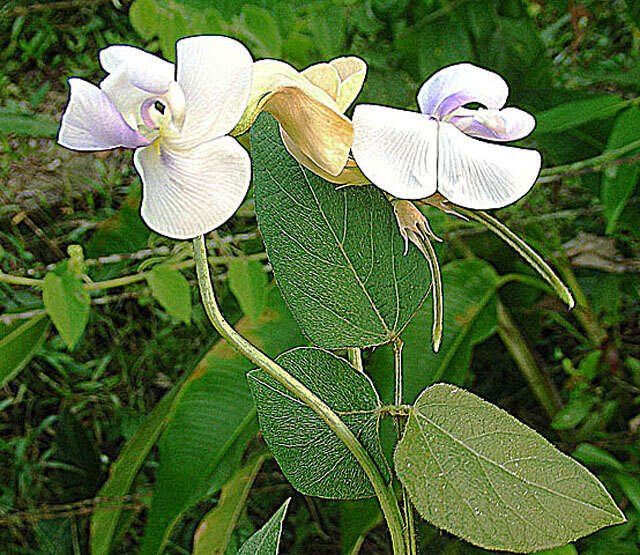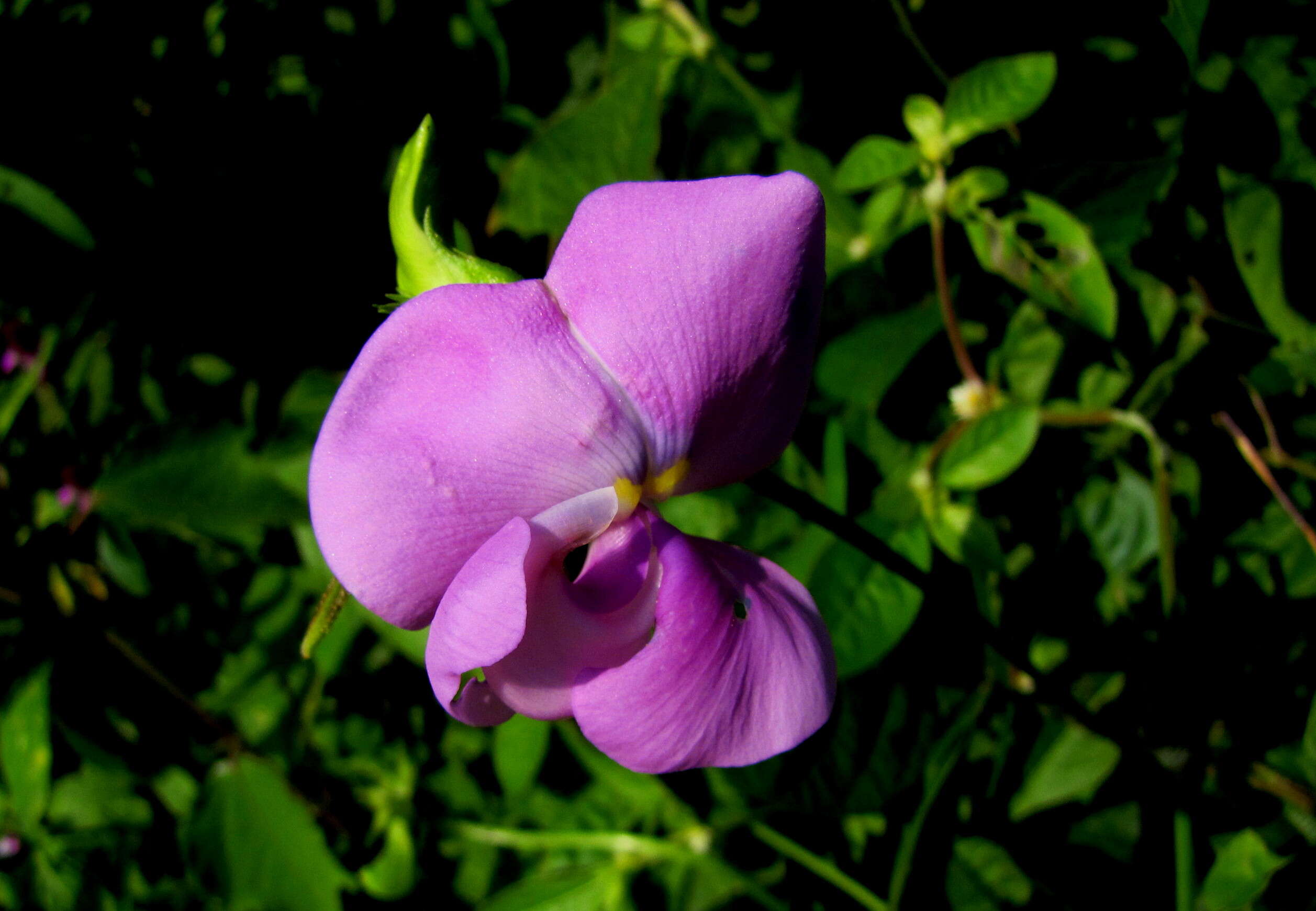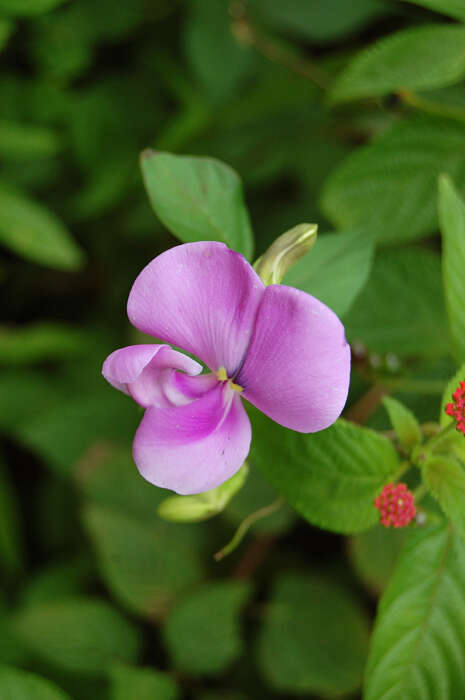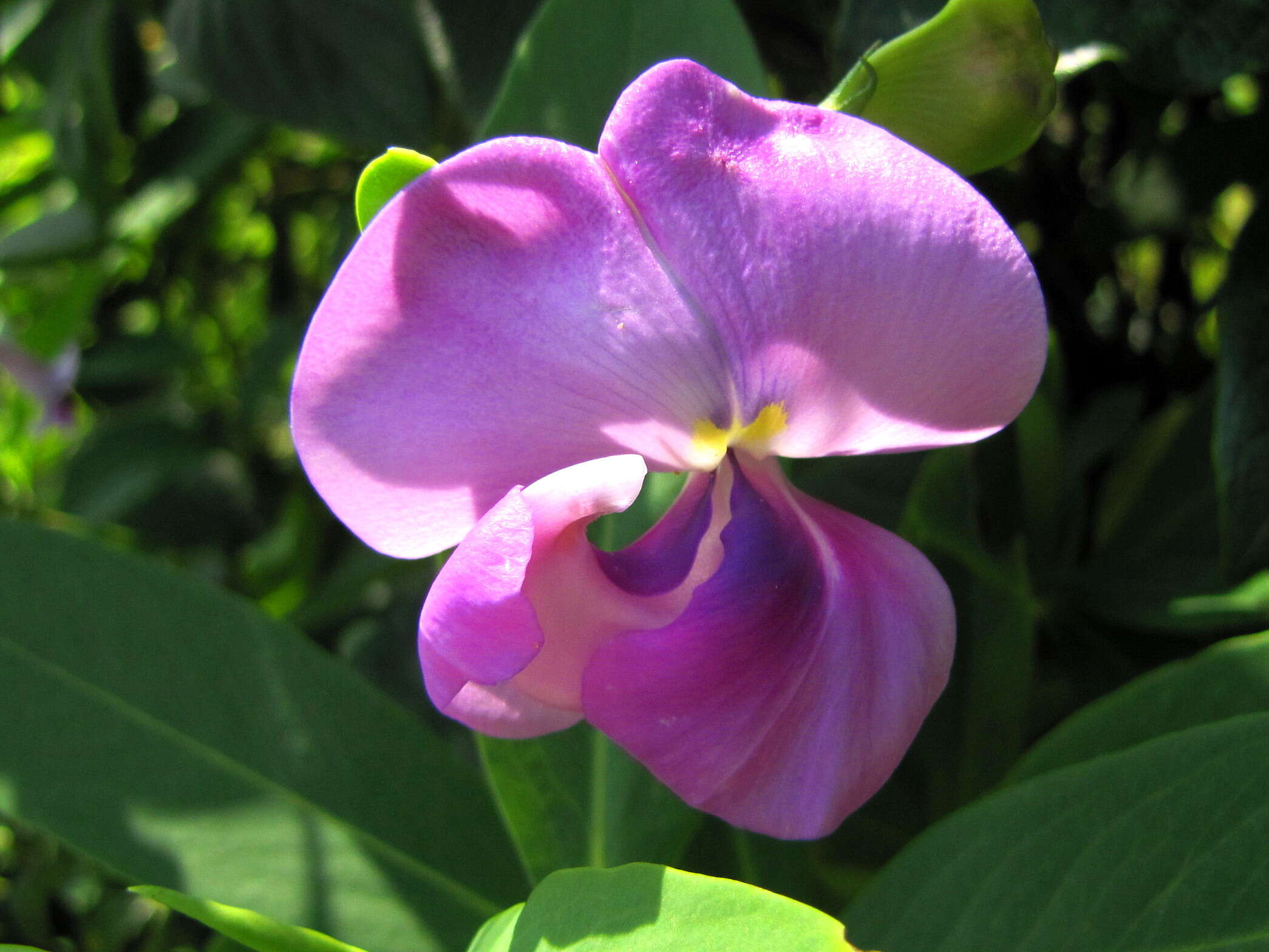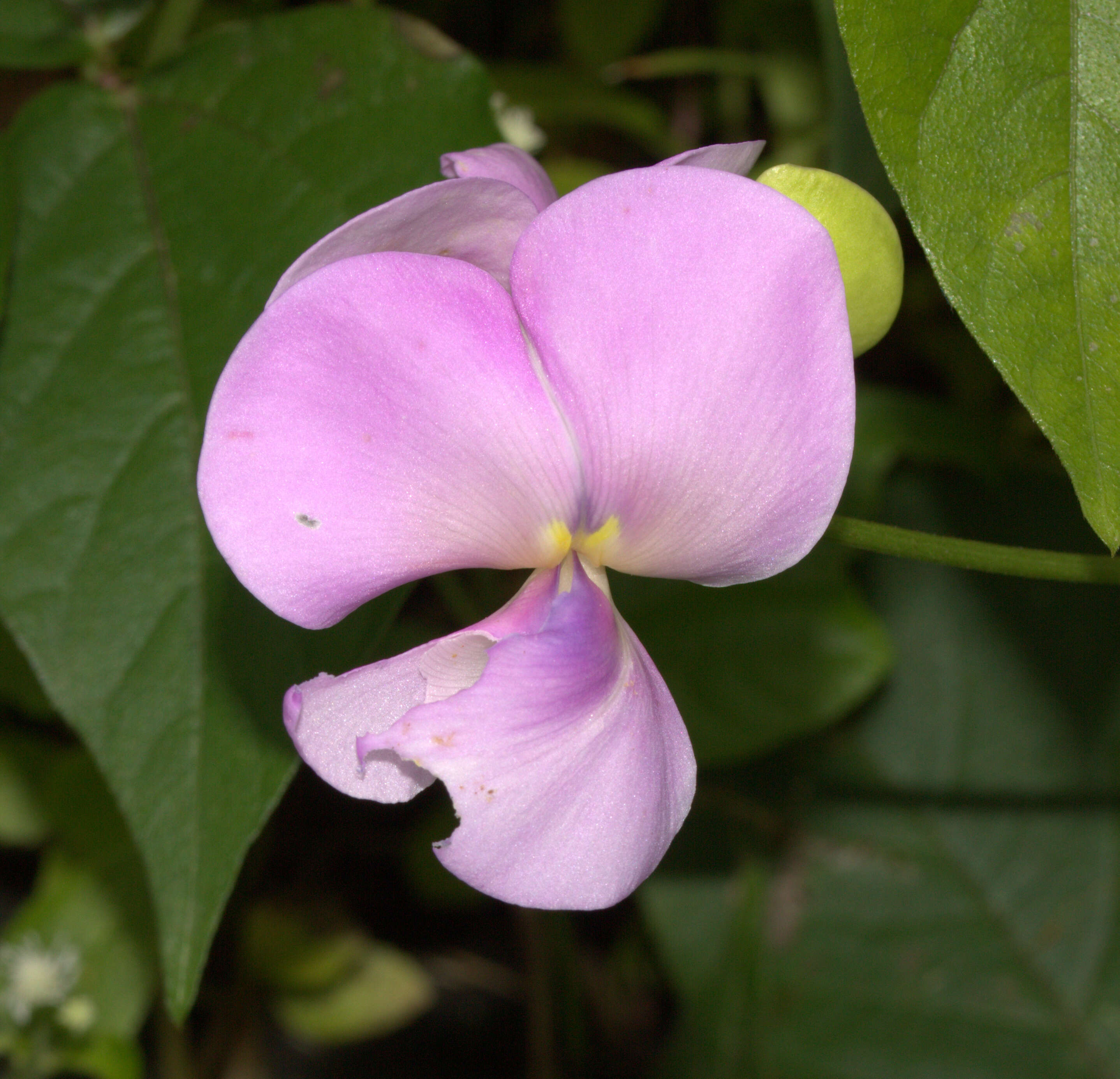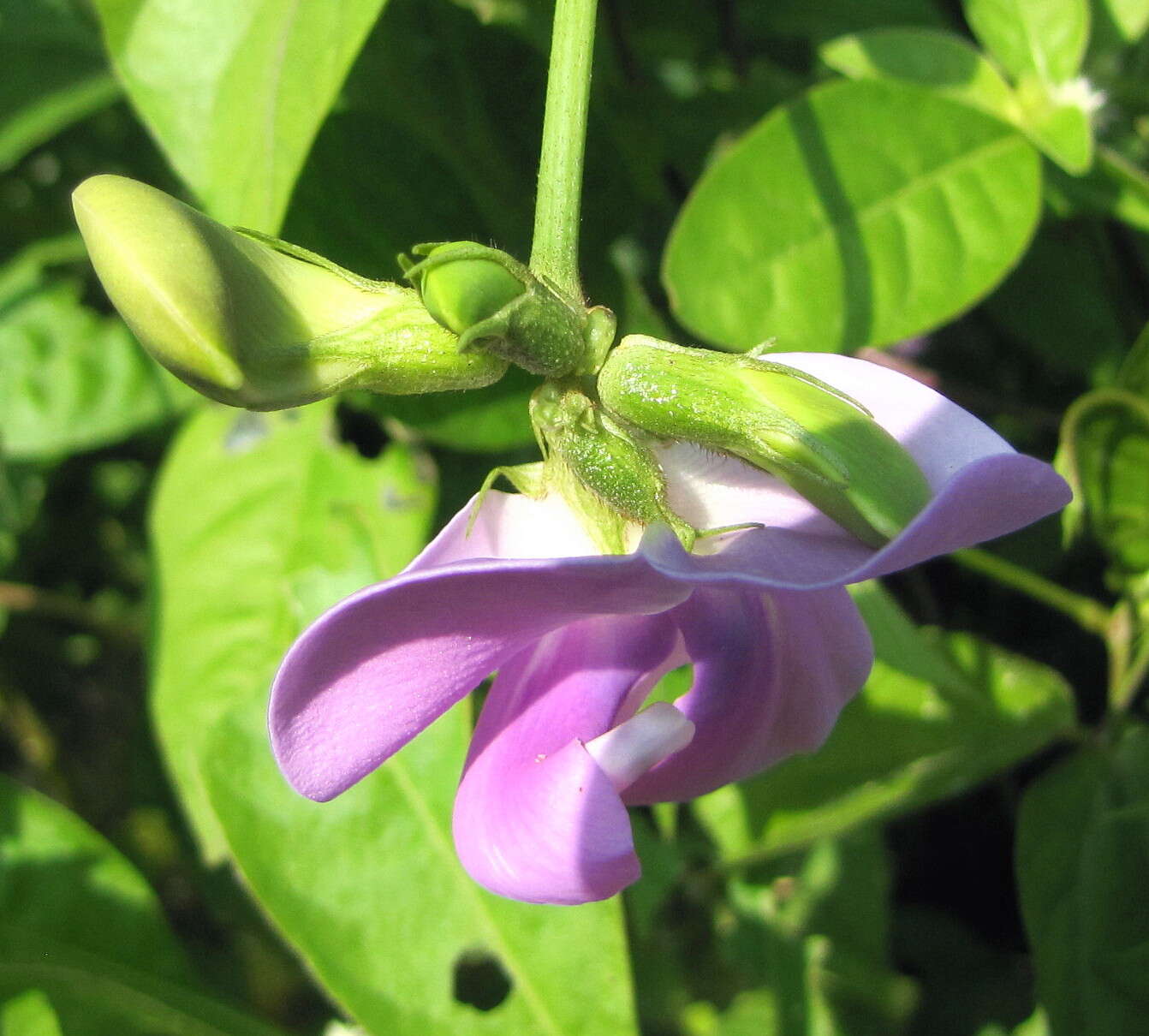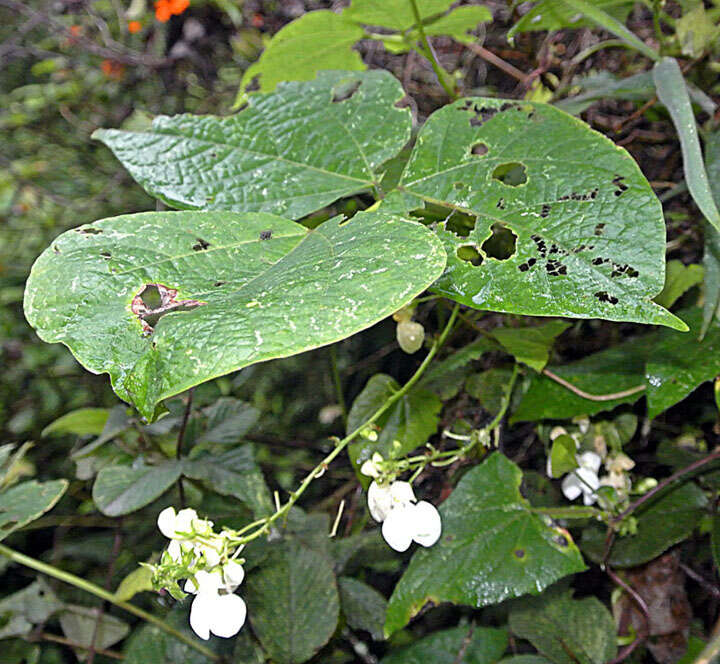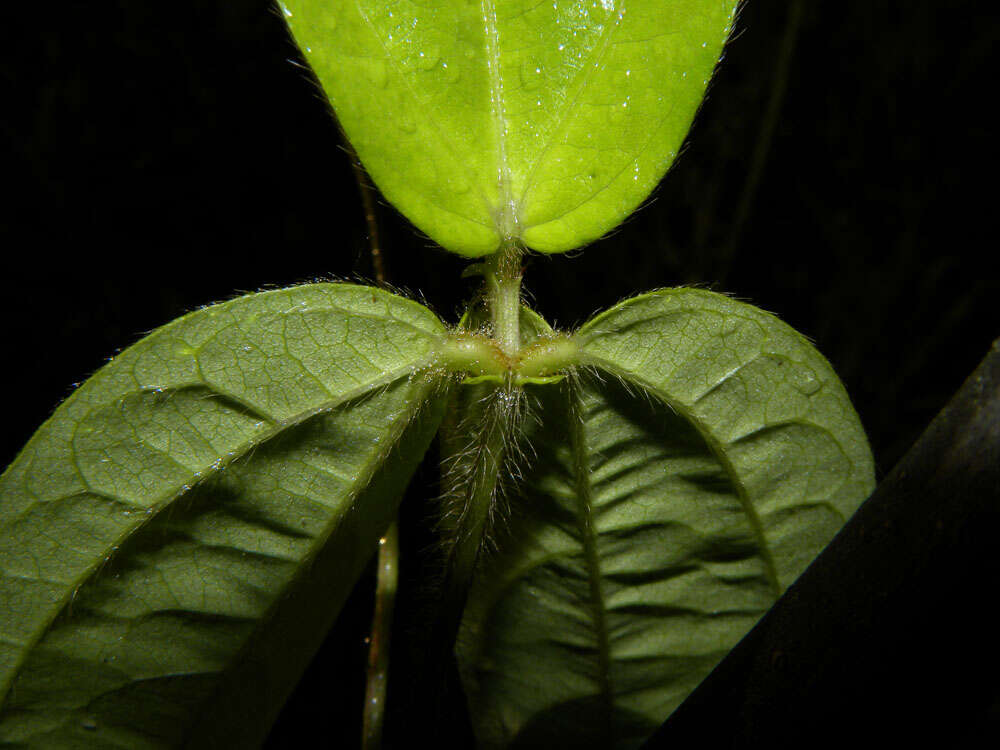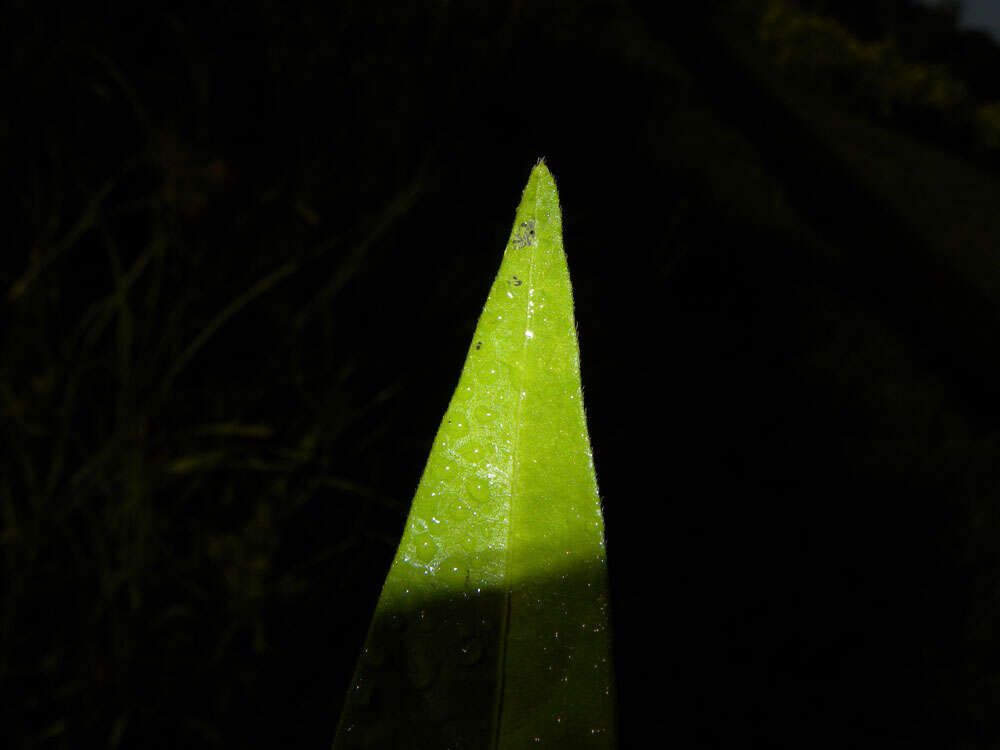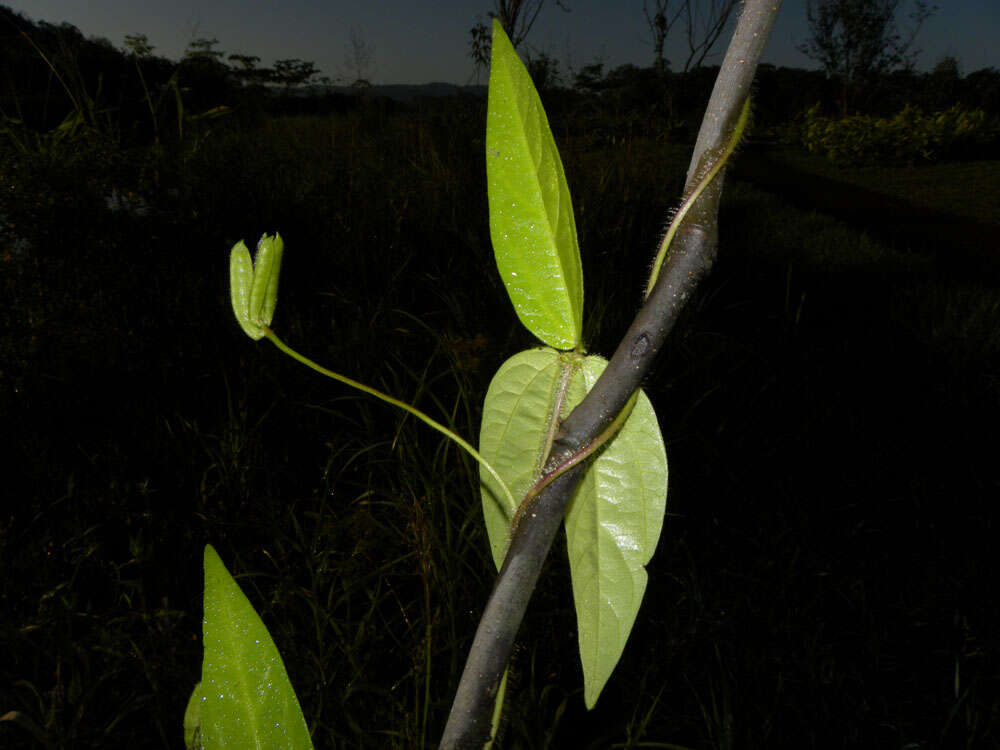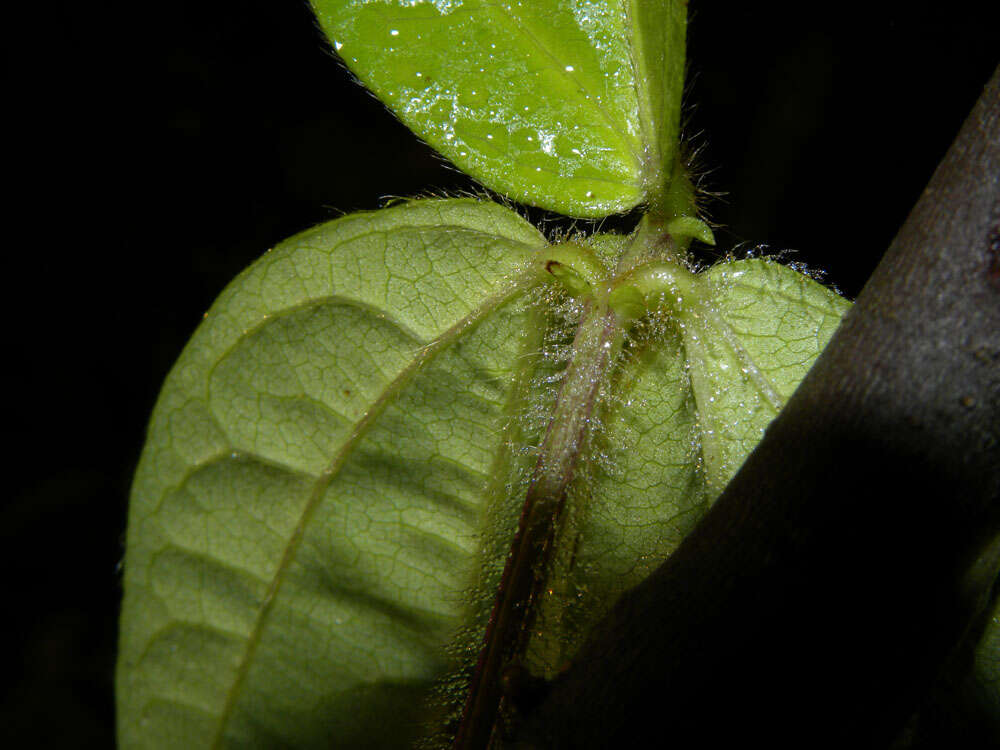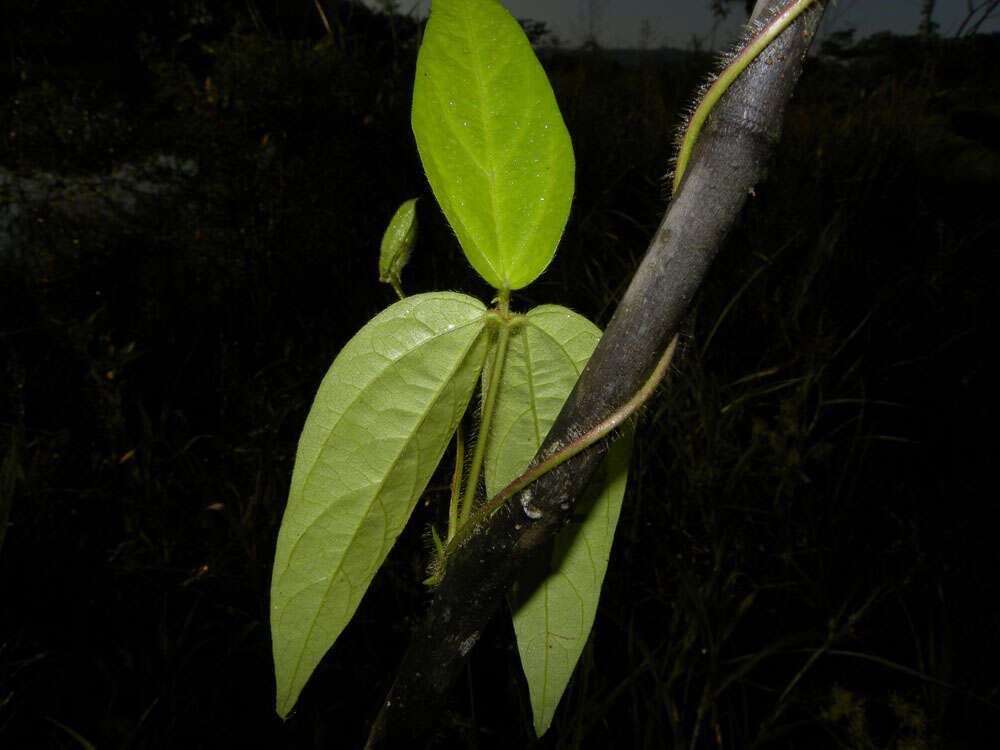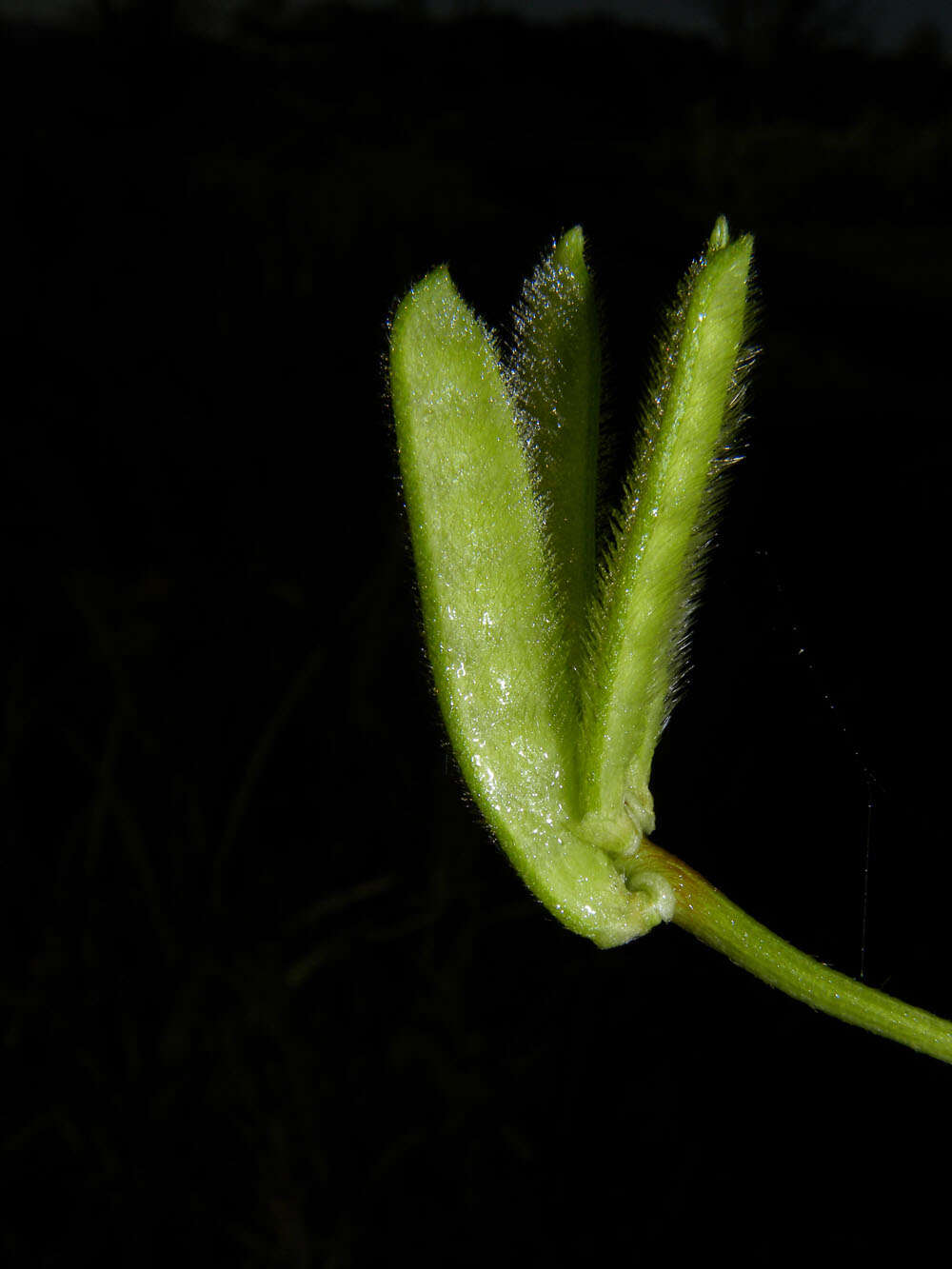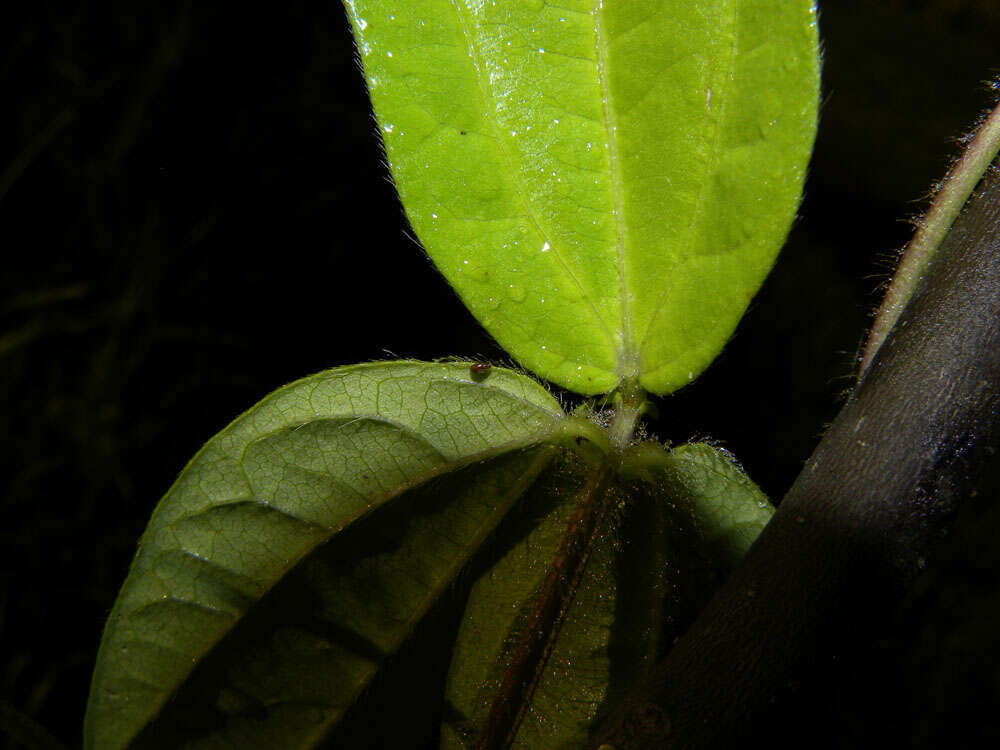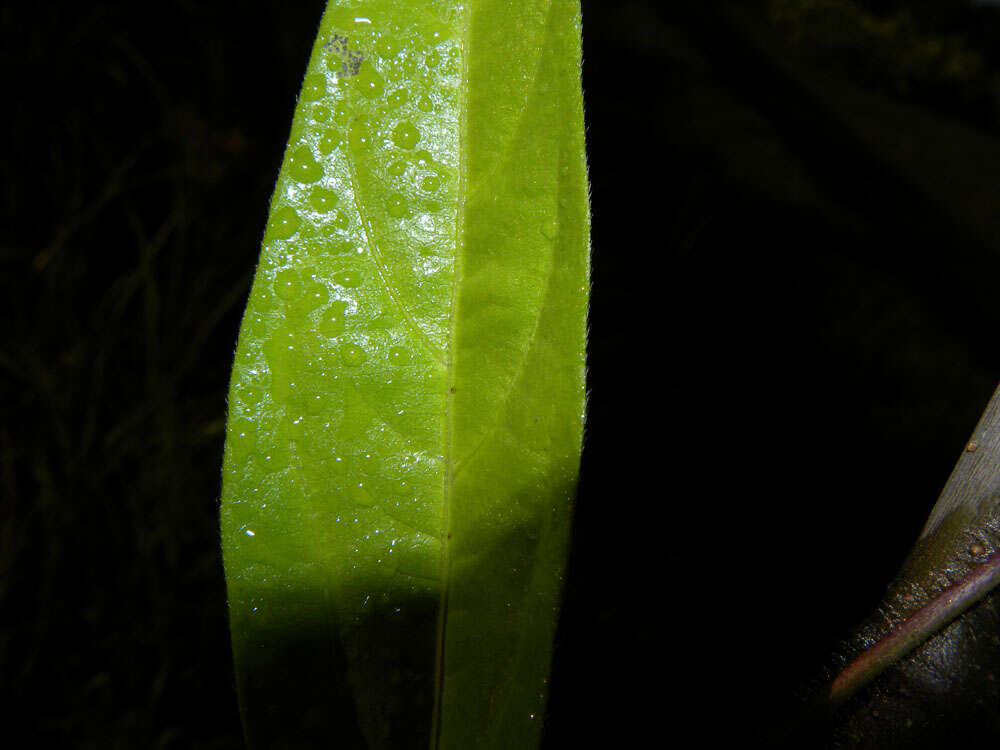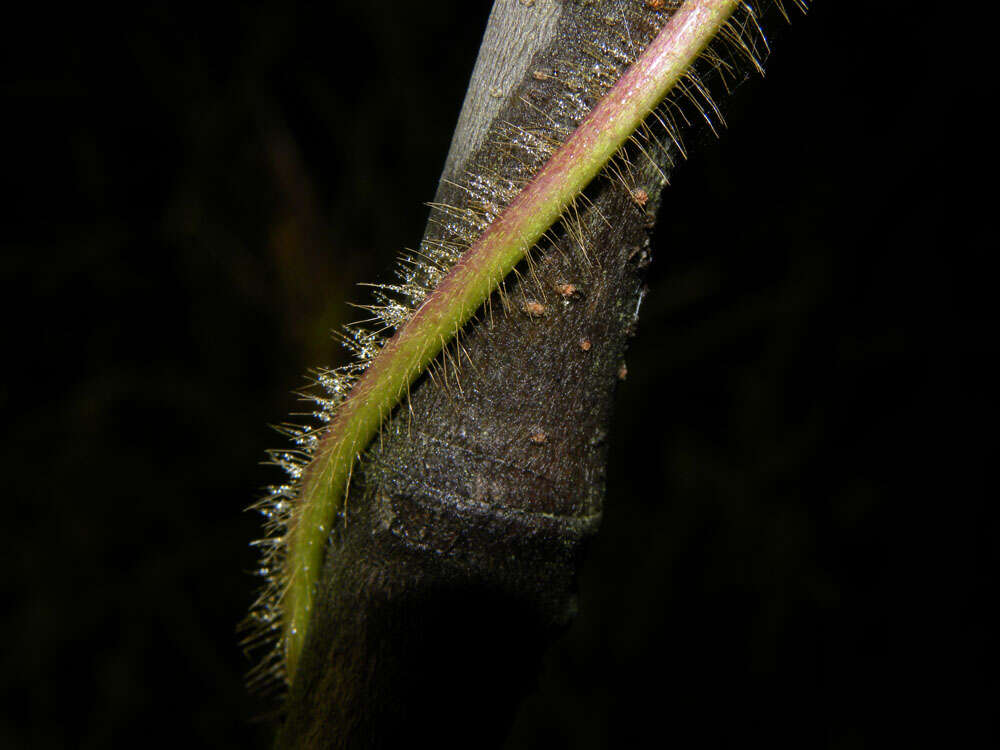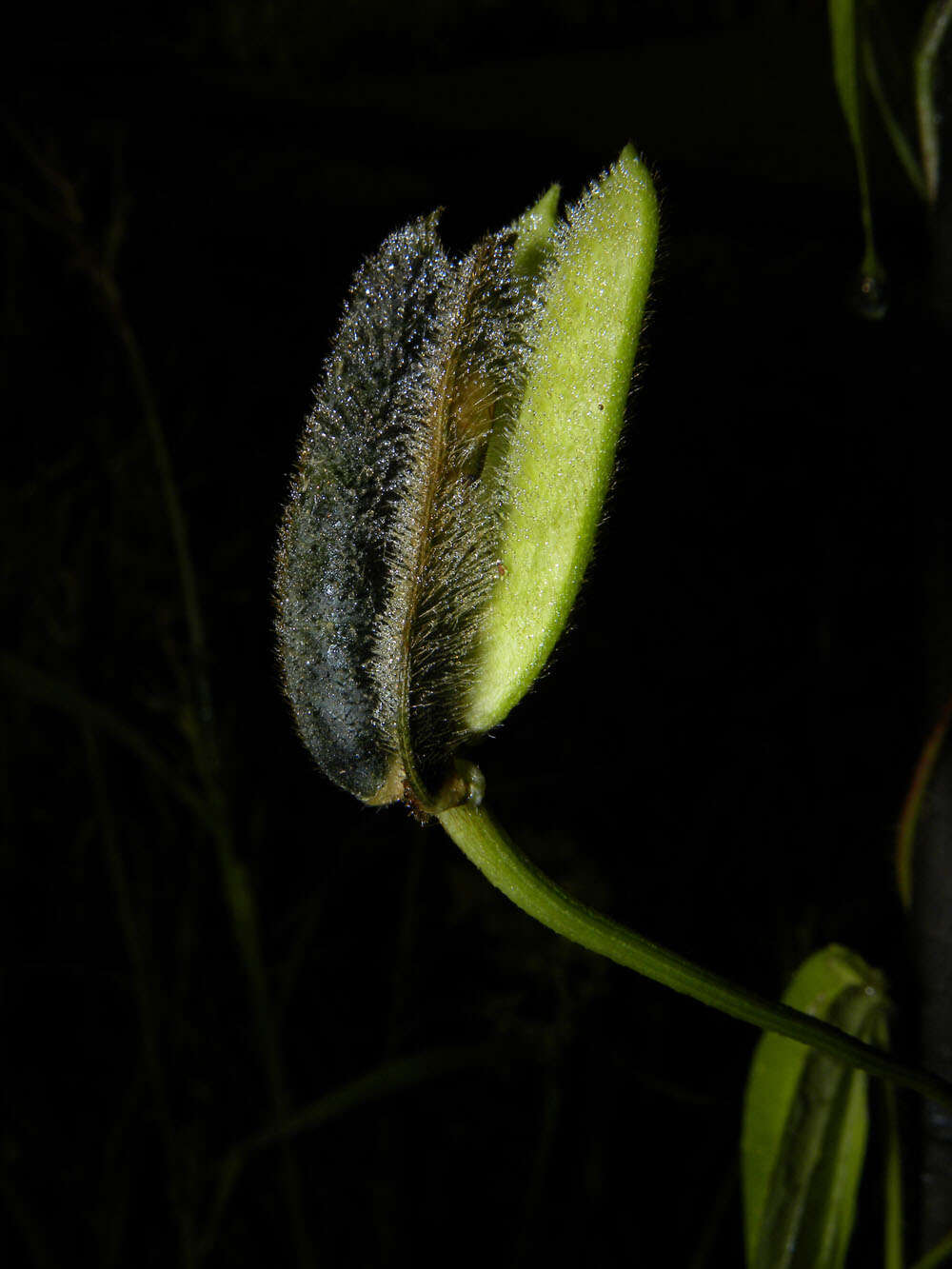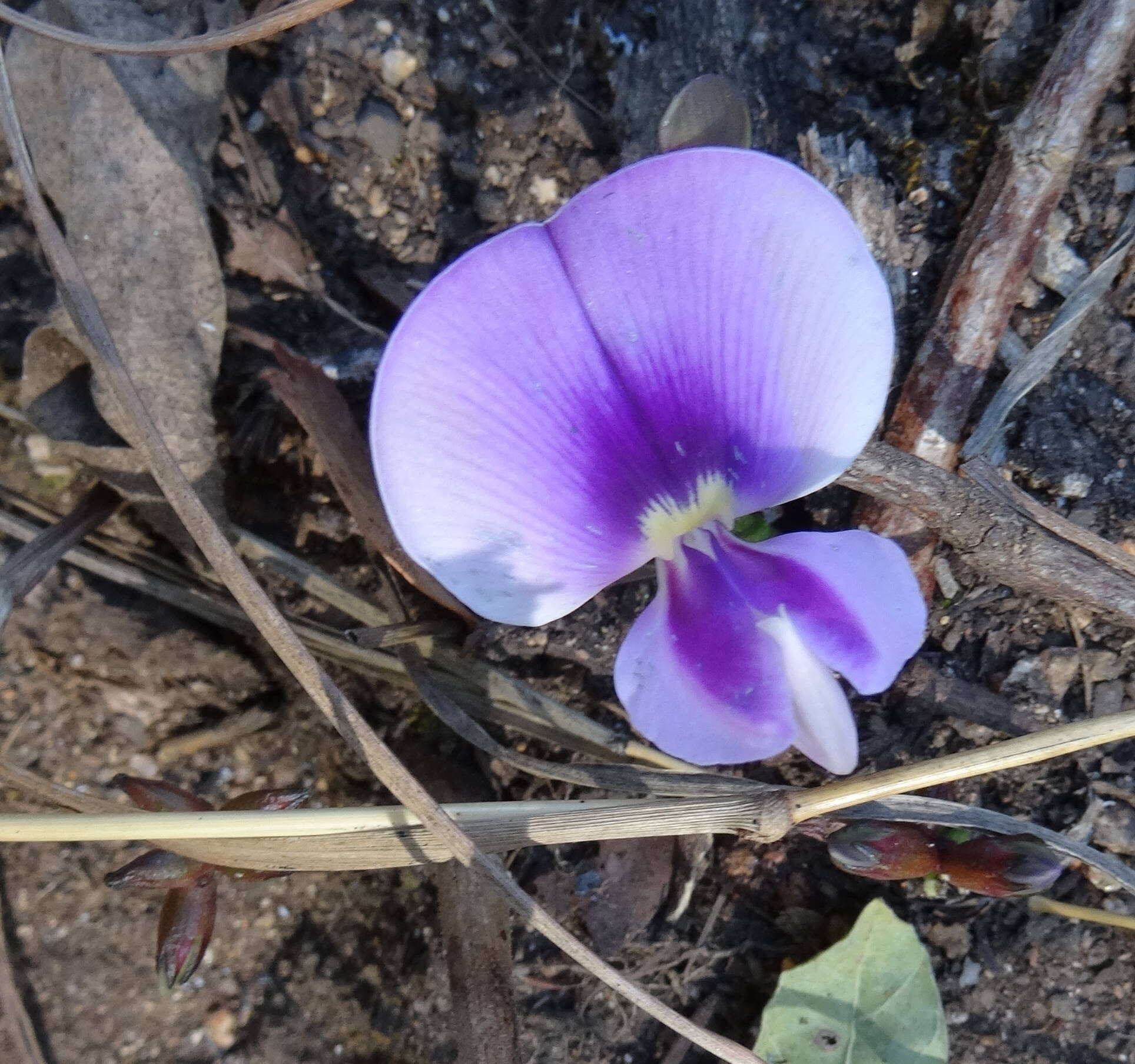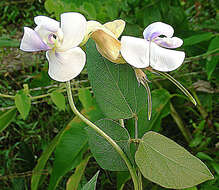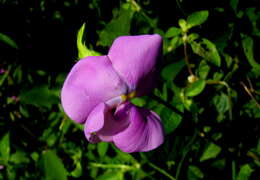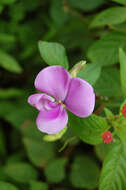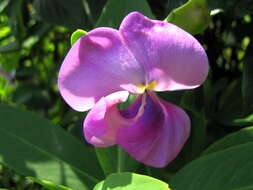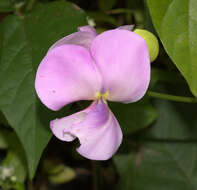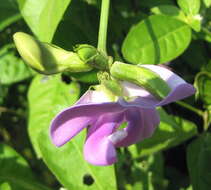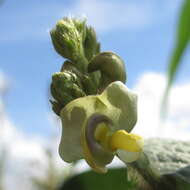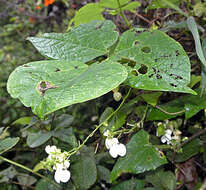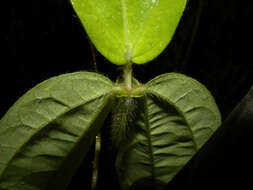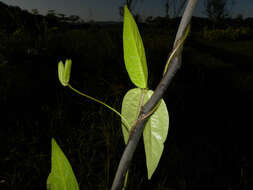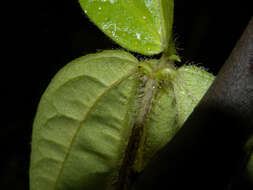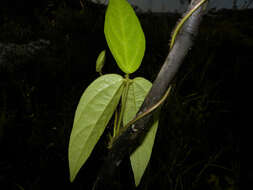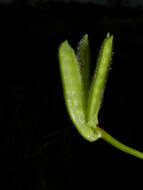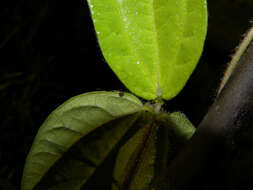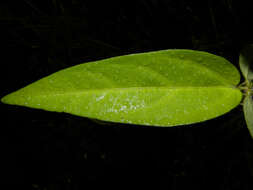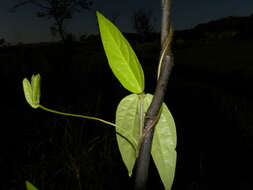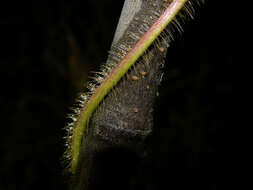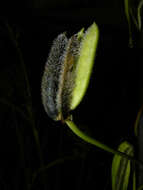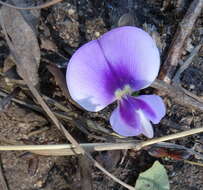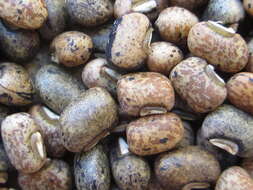-
-
Native to Afro-Asia, but widely planted and naturalized. Photo from central Colombia, where it is known as Bejuco Pato.
-
Lonavala, Maharashtra, India
-
A flower of Vigna vexillata from Fabaceae.
-
Lonavala, Maharashtra, India
-
Lonavala, Maharashtra, India
-
Lonavala, Maharashtra, India
-
Cabo Delgado Province, Mozambique
-
Widespread in the Neotropics. Flowers range from white to purple. Photo from near Baos, Ecuador.
-
Charcos, Puntarenas, Costa Rica
-
Charcos, Puntarenas, Costa Rica
-
Charcos, Puntarenas, Costa Rica
-
Charcos, Puntarenas, Costa Rica
-
Charcos, Puntarenas, Costa Rica
-
Charcos, Puntarenas, Costa Rica
-
Charcos, Puntarenas, Costa Rica
-
Charcos, Puntarenas, Costa Rica
-
Charcos, Puntarenas, Costa Rica
-
Charcos, Puntarenas, Costa Rica
-
Charcos, Puntarenas, Costa Rica
-
Charcos, Puntarenas, Costa Rica
-
Ribaue, Nampula, Mozambique
-
The wild cowpea is a common plant throughout Mozambique, in its many variations. It is the wild ancestor of the cowpea. Flowers of wild and cultivated cowpea are identical, but the pods and seeds are much smaller. Unlike cultivated cowpea, seeds of wild cowpea have some dormancy and ripe pods shatter their seeds. Hybrids are observed where the wild and cultivated cowpea grow together. Leaves of wild and cultivated cowpea are often cooked as a nutritious leafy vegetable.
-
The wild relative of the cultivated cowpea has tiny seeds that show dormancy (slow and erratic germination) and, unlike the cultivated cowpea, its pods spontaneously shatter its seeds as soon as they are ripe. The dormancy is caused by impermeable seed skins.




